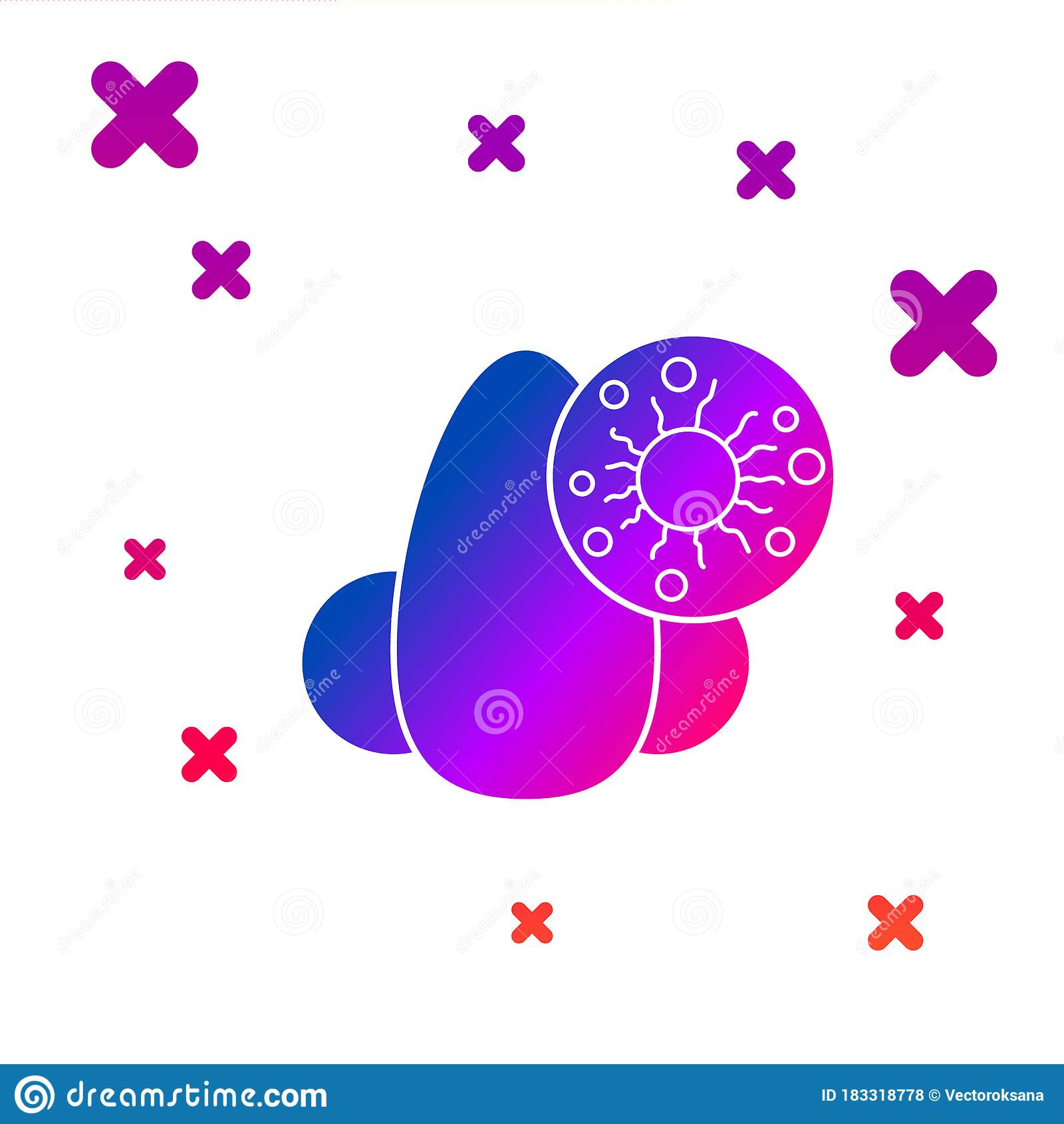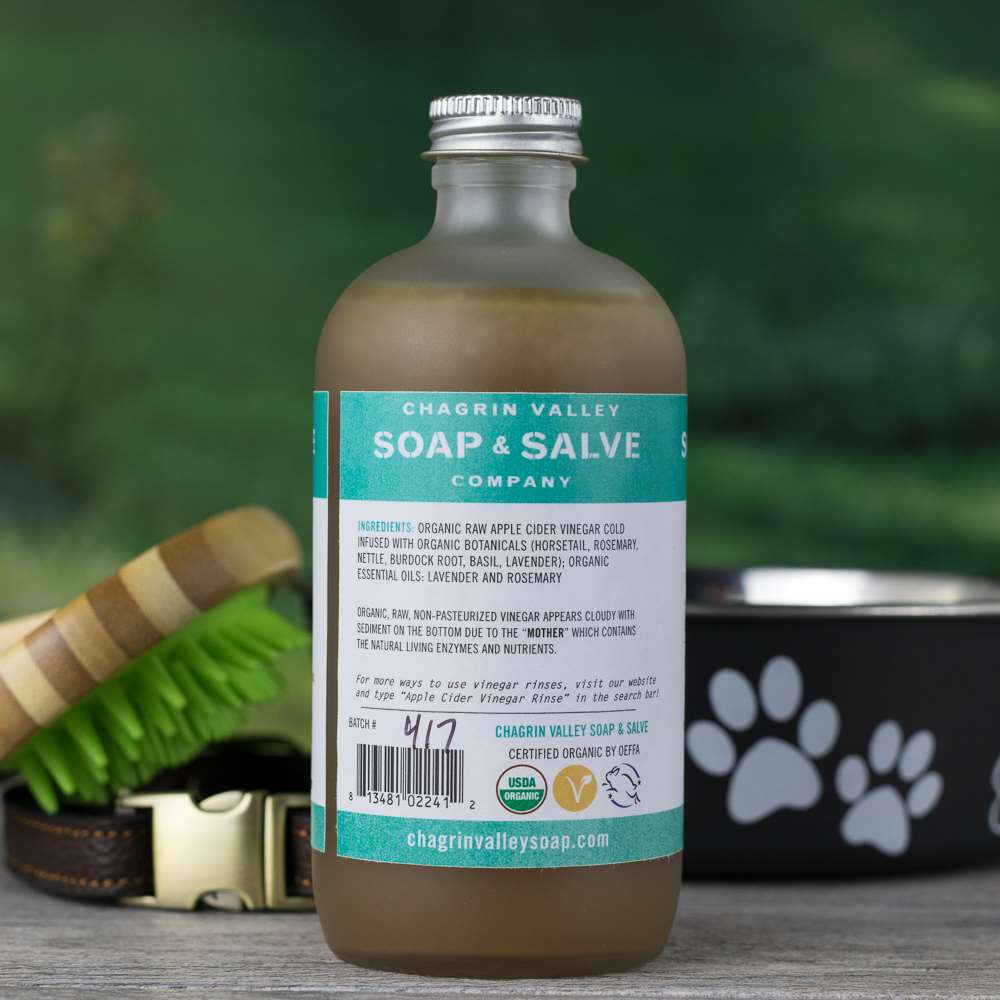
There are many options for cold and flu remedies that kids can use. For stuffy noses, home remedies include salt water, Nasal spray drops, Vitamin C, as well as avoiding smoking. If symptoms persist after 3 days, you may need to see a doctor. A child's lifestyle may contribute to symptoms like a cold, flu, or excessive exposure to dust and pollen.
Home remedies for a stuffy nasal
A home remedy for cold or flu for kids is a great option for children suffering from stuffy noses. Children under the age of 6 may not be able to take over-the–counter medication for cough. Drying their nasal passages can make it worse. A more natural way to keep nasal tissues moist is to encourage your child to drink plenty of water. You can also make 100% strawberry popsicles, or buy them in the grocery. These may be more popular than water for your child, so it is important to stay away from products containing caffeine.
Gargling with saltwater
For hundreds of years, salt water gargling has existed. The study of 400 people showed that gargling with salt water resulted in a 40% decrease in upper respiratory tract infections. Gargling salt water with saline pulls fluid from inflamed tissue, which causes mucus to be loosen and flushes out other irritants. The Mayo Clinic recommends gargling with salt water for three seconds.

Nasal saline drops
Children who are sick with the common cold, respiratory infections, or congestion may experience congestion. This can be relieved by nasal saline sprays, drops, and creams. These remedies can ease congestion by thinning the mucus and decreasing swelling. These drops are recommended for infants and children by pediatricians because they do not contain medication. This article will show you how to apply these drops to the nose of your child.
Vitamin C
Vitamin C has been long touted as a cure for common cold symptoms, but there is not much evidence supporting its use as therapeutic treatment. While a prophylactic dose of vitamin C, as a preventive measure, might be effective in reducing cold symptoms, the benefits for children are not clear. It is necessary to research the optimal dosage and timing of supplementation. The effects of prophylactic vitamin C on children are much greater than those seen with therapeutic doses.
Echinacea
Parents who are looking for natural cold and flu remedies for their kids have an excellent choice in the herb Echinacea. Coneflower is a perennial flowering plant that has brightly colored flowers around a spiky head. It can be either red or purple. There are several species of Echinacea. Each one may have different medicinal properties. This herb contains a complex mixture of active compounds, including phenols, which control enzymes and cell receptors.

FAQ
What is the difference of a virus from a bacteria?
A virus is an organism microscopic that can't reproduce outside its host cells. A bacterium can be described as a single-celled organism which reproduces by splitting in two. Viruses have a very small size (about 20 nanometers), while bacteria is larger (up to one micron).
Viruses can be spread by contact with bodily fluids containing infected substances, such as saliva, urine and semen. Bacteria is usually spread directly from surfaces or objects contaminated with bacteria.
Viruses may enter the body through cuts, scrapes. bites, or any other break in the skin. They may also enter through the nose, mouth, eyes, ears, vagina, rectum , or anus.
Bacteria may enter our bodies through cuts and scrapes on our skin, burns, insect bites, and other wounds. They can also enter our bodies from food, water, soil, dust, and animals.
Both viruses and bacteria can cause illness. But viruses can't multiply within their hosts. Viral infections can only cause diseases in living cells.
Bacteria can cause illness by multiplying in the body. They can invade other areas of the body. We need antibiotics to get rid of them.
What is the healthiest lifestyle to life?
The healthiest lifestyle to live is one where you eat healthy food, exercise regularly, sleep well, and avoid stress. This will ensure that you live a long healthy life.
Start small by changing your diet and exercising routine. You can lose weight by walking 30 minutes each day if you are looking to lose weight. You can also take up dancing or swimming if you are looking to be more active. An online fitness program such as Strava or Fitbit that tracks your activity could be a good option.
What is the problem with BMI?
BMI is the acronym for Body Mass Index. It measures body fat based upon height and weight. The following formula can be used to calculate BMI.
The weight of a kilogram divided by its squared height in meters.
The result is expressed using a number from 0 through 25. Scores between 0 and 25 indicate obesity. A score of 18.5 indicates overweight. A score of 23 indicates obesity.
A person who weighs 100 kilograms and is 1.75m tall will have an BMI of 22.
What are the 10 best foods to eat?
These are the top 10 foods to eat.
-
Avocados
-
Berries
-
Broccoli
-
Cauliflower
-
Eggs
-
Fish
-
Grains
-
Nuts
-
Oats
-
Salmon
Statistics
- WHO recommends consuming less than 5% of total energy intake for additional health benefits. (who.int)
- The Dietary Guidelines for Americans recommend keeping added sugar intake below 10% of your daily calorie intake, while the World Health Organization recommends slashing added sugars to 5% or less of your daily calories for optimal health (59Trusted (healthline.com)
- According to the Physical Activity Guidelines for Americans, we should strive for at least 150 minutes of moderate intensity activity each week (54Trusted Source Smoking, harmful use of drugs, and alcohol abuse can all seriously negatively affect your health. (healthline.com)
- In both adults and children, the intake of free sugars should be reduced to less than 10% of total energy intake. (who.int)
External Links
How To
27 steps to a healthy lifestyle if your family only eats junk food
Cooking at home is the most popular way to eat healthier. However, many people are not skilled in preparing healthy meals. This article will offer some suggestions on making healthier dining choices at restaurants.
-
Choose restaurants that offer healthy options.
-
Order salads before you order meat dishes.
-
Ask for sauces made without sugar.
-
Avoid fried items.
-
Instead of ordering fried meats, request grilled meats.
-
You shouldn't order dessert unless it is absolutely necessary.
-
Be sure to have something other than dinner.
-
Eat slowly and chew thoroughly.
-
Eat water.
-
Do not skip breakfast or lunch.
-
Every meal should include fruit and vegetables.
-
Drink milk rather than soda.
-
Sugary drinks should be avoided.
-
Limit salt in your diet
-
You should limit how often you visit fast food restaurants.
-
If temptation is too strong for you, invite someone to be your friend.
-
Make sure your kids don't spend too much time on TV.
-
Turn off the television during meals.
-
Avoid energy drinks
-
Regular breaks from work are important.
-
Get up earlier in the morning to exercise.
-
Do some exercise every day.
-
Start small, and work your way up.
-
Realistic goals are important.
-
Be patient.
-
You can exercise even when you don't feel like doing it.
-
Use positive thinking.